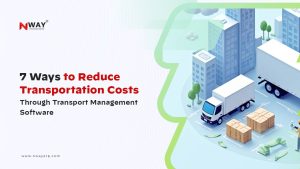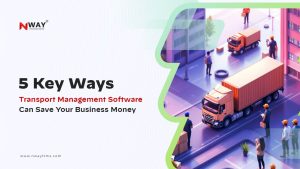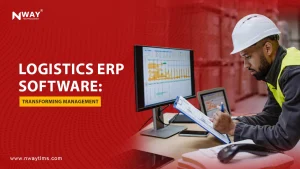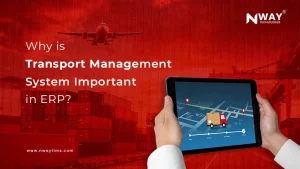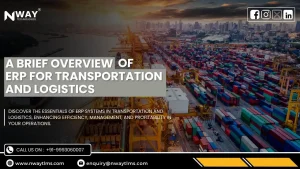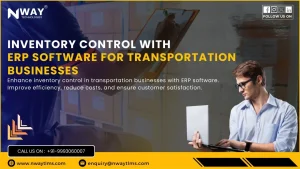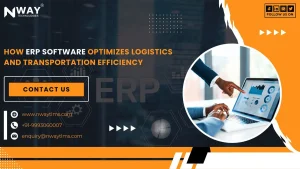3 Top Secrets about Reverse Logistics That All Logistics Service Providers Must Know

Today the logistics process is an integral part of a successful and well-organized supply chain. But the reverse logistics process has also become an essential component. Over the years, as e-commerce has seen a boom, hence there has also been a significant increase in reverse logistics, which means that consumers send goods back to the retailer. Furthermore, consumers expect these return policies to be easy.
Hence, to meet the demands of such customers, companies are trying their best to make it as accessible as possible and have been successful too. This may result in an additional cost to the logistics service provider and degradation of the customer experience. In many cases, these are common aspects we see in reverse logistics.
- Failed Deliveries
- Returning Damaged Products or Parts
- Customer Returns
- Unhappy Customer
Along with the stiff competition among logistics service providers to add new customers, the following aspects can help you to stay ahead in a competitive market. So today we will learn 3 secrets about reverse logistics that all LSPs must know.
Automate and digitize your returns management process.
Without strong technical support, it has become a very difficult task for logistics companies to handle large volume deliveries and returns. For this, you can use logistics software, with the help of which you can handle the delivery and return in the logistics operation. In addition, the customer should be able to easily request returns, schedule returns, access and track return flow through a link in the delivery message, from the retailer’s website or app.
Using cloud-based logistics software will help you streamline operations and achieve overall efficiencies, which will help Logistics service providers and shippers to coordinate the entire reverse logistics process by planning for timely pickups and automating the process of returns.
Remanufacturing or refurbishment
Another secret of reverse logistics includes remanufacturing, refurbishing, and reconditioning of the same product, which includes the activities of repair, rebuilding, and reworking. Companies use interchangeable and reusable parts or materials from other products and use them in new products. In this way, the company can save all the money in it, which also helps in growth.
Reduction in losses and unplanned profits
Repair and re-stock your reverse logistics unit, after which you can reuse it in the secondary market to make up for the loss of your investment in the failed product and with good reverse logistics you can save a lot of money on it.
Let’s make running your construction business a little less crazy.
Subscribe for weekly insights.
Recent Posts







